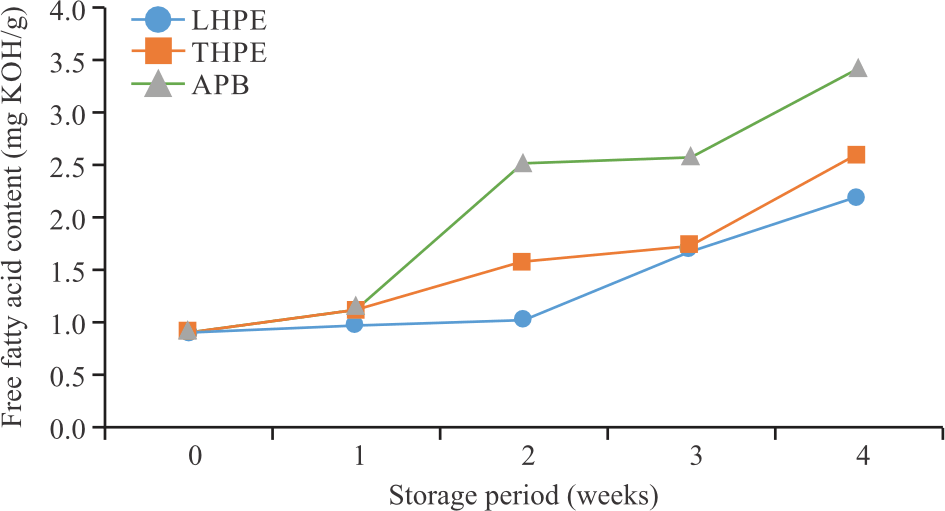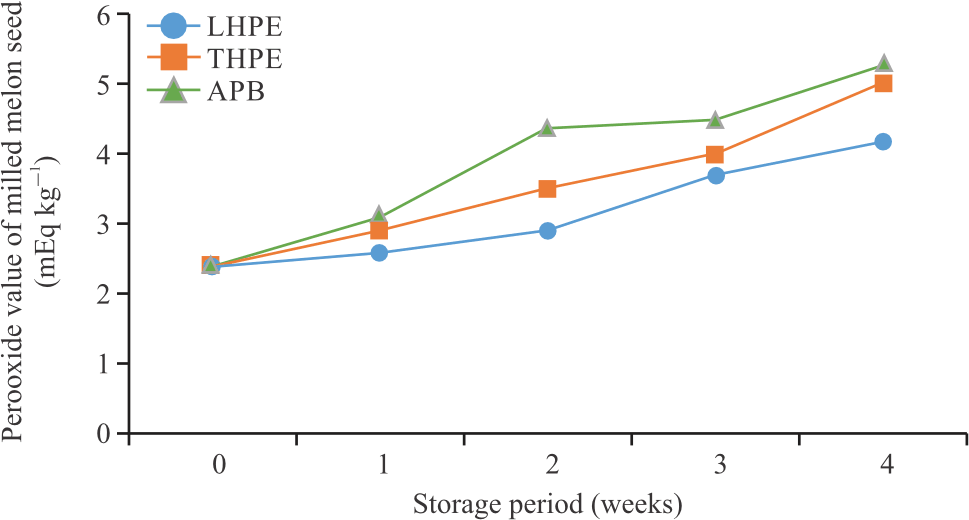Research Article
Evaluating the Effect of Different Packaging Materials on the Shelf-Life Stability of Ground Melon Seed (Citrullus colocynthis lanatus)
Department of Food Science and Technology, University of Nigeria, Nsukka, Nigeria
LiveDNA: 234.37338
ORCID: 0000-0001-7971-6498
F.U. Asoiro
Department of Agricultural and Bioresources Engineering University of Nigeria, Nsukka, Nigeria
LiveDNA: 234.29249
A.N. Nwosu
Department of Food Science and Technology, University of Nigeria, Nsukka, Nigeria
LiveDNA: 234.39034
ORCID: 0000-0001-5057-5732
C.M. Eze
Department of Food Science and Technology, University of Nigeria, Nsukka, Nigeria
F.C. Igwe
Department of Food Science and Technology, University of Nigeria, Nsukka, Nigeria















